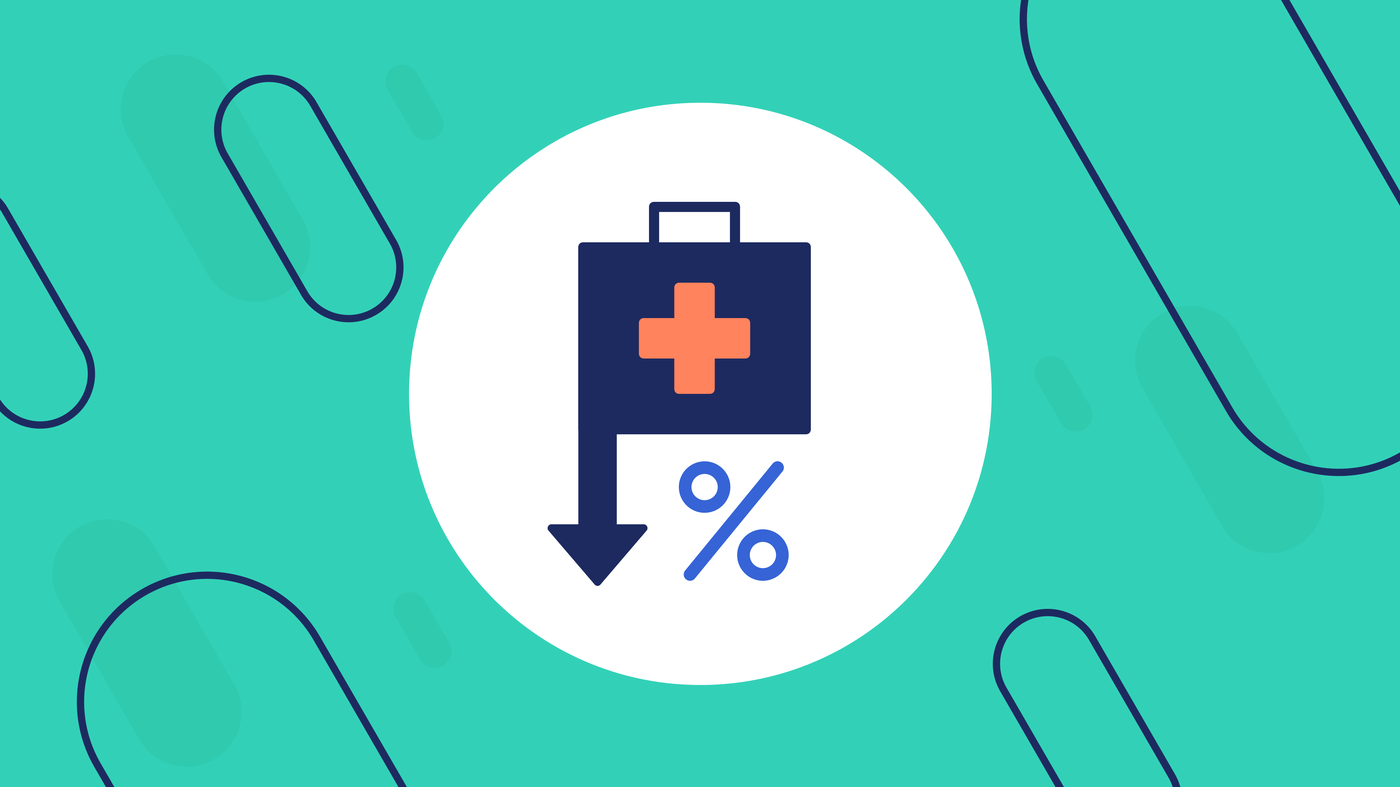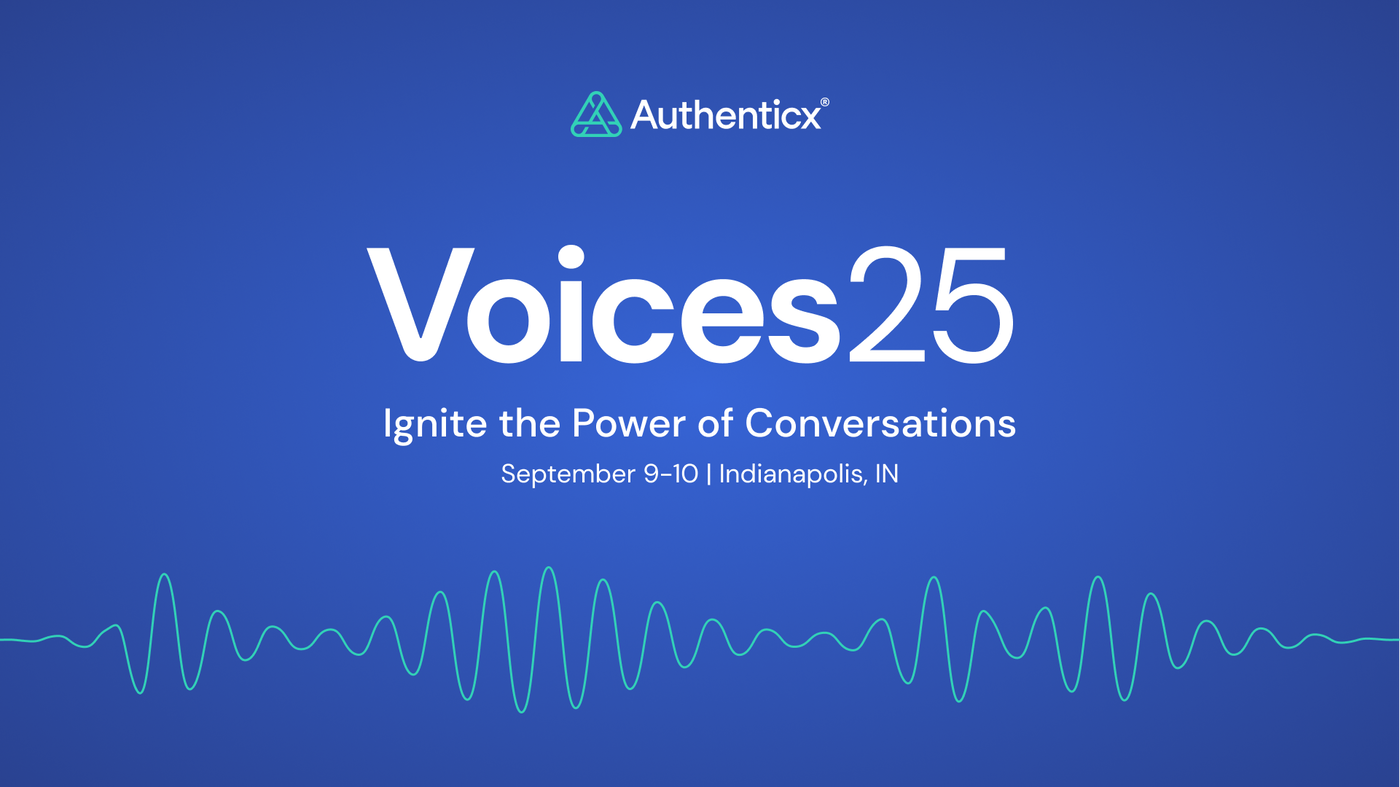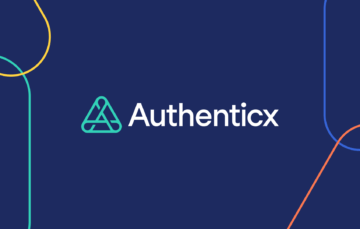
Reducing operational costs in healthcare is essential for enhancing patient care and ensuring financial sustainability. Making it more critical, rising expenses related to staffing, technology, and compliance create financial strain. Additionally, inefficient workflows and administrative burdens can lead to significant waste, diverting resources from patient care. Healthcare organizations must begin to understand the challenges in managing operational costs to keep business objectives effective and efficient.
But how can organizations begin driving their outcomes while reducing costs? Innovations in healthcare, such as artificial intelligence (AI), are making solutions to the challenges of keeping costs down.
As described in Economics of Artificial Intelligence in Healthcare: Diagnosis vs. Treatment, “The incorporation of technology into healthcare has altered how we think about patient safety, hospital administration.” AI can decrease inefficiencies in a health system, reducing costs while improving efficiency
Technology is playing a pivotal role in addressing these challenges, particularly through the integration of AI. AI can streamline administrative processes and improve data management, leading to significant cost savings.
How Technology Can Impact Healthcare Costs
Predictive Analytics for Resource Optimization
AI can look at data to predict the volume of patients and track their journeys to highlight specific areas met in a conversation — completely automating the escalation of patient issues that need review. Implementing predictive analytics can enable organizations to optimize staffing and allocate resources quickly and with more reliance. From forecasting peak intake times and ensuring that appropriate staff are in place to respond to empowering contact center and hub teams by giving them the context behind escalations that allows them to update guides and call trees and focus on recurring issues.
Automated Administrative Tasks
Many administrative processes can be automated using AI, such as billing, appointment scheduling, and claims processing. This reduces the administrative burden on staff, minimizing errors, and improving operational efficiency. For example, AI can handle patient inquiries and appointment bookings to free up personnel for more critical tasks (like direct and personalized care) that improve patient satisfaction.
Personalized Patient Care
AI can analyze patient data to develop personalized treatment plans. By tailoring care to individual needs, providers, contact center leaders, and hub teams can improve outcomes while reducing unnecessary steps. This targeted approach not only enhances patient satisfaction but also leads to significant cost savings by preventing gaps in communication and optimizing care and treatment.
Examples of How Healthcare Saves Time and Cuts Costs
A highly competitive, Top 5 Medicare health plan used Authenticx to elevate CAHPS scores and Star Ratings by using member insights to uncover and reduce friction points. Authenticx AI identified that 22% of members experienced friction, with over 70% of those tied to technology or process issues., specifically with their patient portal.
Resulting in a 26% increase in member portal site traffic and over 300 hours per month saved in agents’ time formerly spent addressing portal issues, the operational improvements were more impressive. Nearly $10,000 per month was saved in agent efficiency and a 6% reduction of overall member friction within only three months.

A large healthcare system was observing an increase in calls to their billing line. Using Authenticx AI, the team discovered that financial hardship (a social determinant of health) caused some patients to stop their care, creating churn. They also adjusted their agent coaching materials and training to improve their customer service with more relevancy. From these collected insights, the organization:
- Updated billing statements, eliminating confusion
- Reduced billing statement calls by 12%
- Saved nearly $250K by resolving preventable calls

A top 10 life sciences company needed timely feedback after the FDA announced new guidance. Using Authenticx AI, they began to listen to customers in real-time within hours, increasing the speed at which they could understand the impact of market events.
Able to take immediate action, they identified and reviewed questions being asked. This resulted in new talking points to equip agents to better adhere to their call guides (almost 100% adhered to them) and market event-related customer friction fell 80% over six weeks.

Overcoming Challenges and Implementing AI Solutions
The evolution of AI and the improvements to AI implementation is promising. Because there have been concerns and challenges associated with integrating AI into healthcare operations, such as data privacy (like HIPAA) and ethical considerations (data usage), it is important for leaders to understand the hows and whys behind both internal models and AI vendors. This includes asking questions, maintaining quality over speed, and understanding where and how AI governance is practiced.
When best practices are followed, healthcare organizations can use AI to streamline scheduling and find ways to reduce operational costs. The relationship between healthcare professionals and IT experts must be kept tight when implementing AI-driven cost-reduction strategies, allowing focus on the care and service to customers.
Key Takeaways on How to Reduce Operational Costs with AI
- Predictive Analytics for Resource Optimization:
- Using data analysis patterns and trends, organizations can forecast and allocate resources more efficiently.
- Automated Administrative Tasks:
- AI can help reduce the burden of administrative tasks to serve patients directly.
- Personalized Patient Care:
- By tailoring care to individual needs, teams can improve outcomes while reducing costs and unnecessary steps.
- Remote Patient Monitoring:
- AI-powered remote patient monitoring makes it easier for patients and companies to send and receive real-time alerts
- Streamlining Workflow:
- Identify customer pain points to help them streamline workflows, reducing wait times and enhancing productivity.
Real-world examples highlight the effectiveness of AI in reducing operational costs in healthcare. Whether it’s improving patient communication for a health plan, refining billing practices, or swiftly adapting to regulatory changes, AI can consistently deliver savings and operational improvements.
As healthcare grapples with rising expenses, inefficient workflows, and administrative burdens, the integration of AI is beginning to streamline systems, optimize resources, and improve data management. This not only addresses current operational challenges, but it paves the way for a more efficient, patient-centered future.

About Authenticx
Authenticx was founded to analyze and activate customer interaction data at scale. Why? We wanted to reveal transformational opportunities in healthcare. We are on a mission to help humans understand humans. With a combined 100+ years of leadership experience in pharma, payer, and healthcare organizations, we know first-hand the challenges and opportunities that our clients face because we’ve been in your shoes. In 2023, Authenticx was ranked No. 349 on the Inc. 5000 recognized as one of America and Indiana’s fastest-growing private companies.
Want to learn more? Contact us!
Or connect with us on social! LinkedIn | Facebook | Instagram | YouTube


